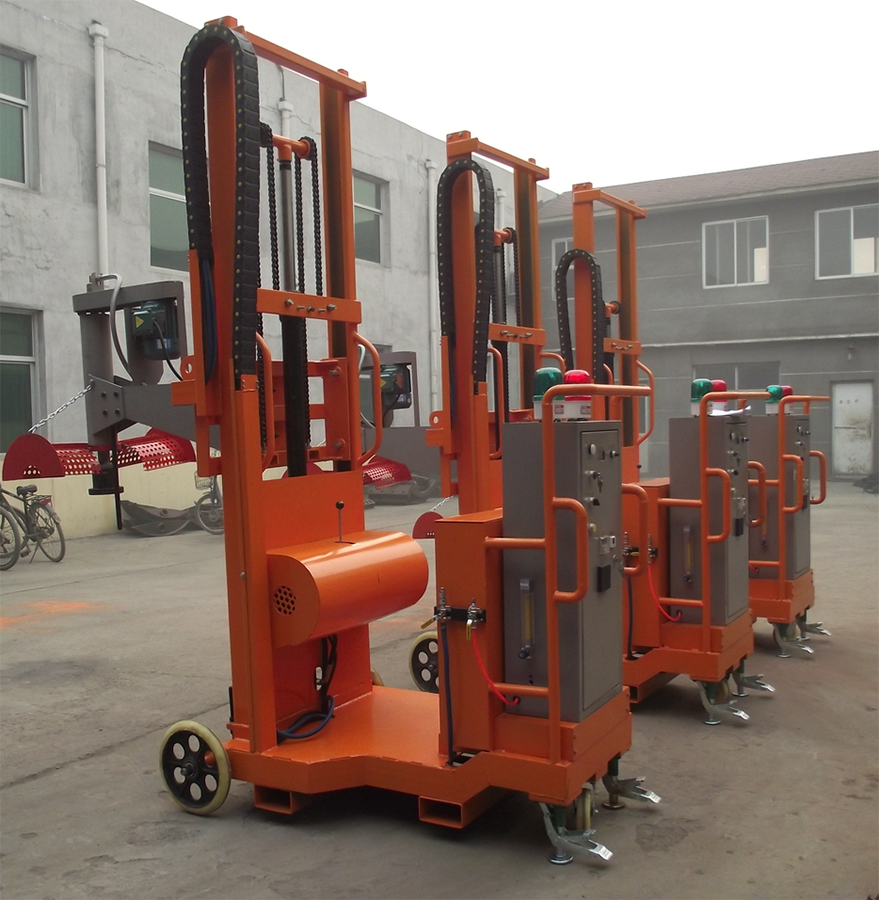
10 月 . 10, 2024 19:04 Back to list
Non-Ferrous Metal Separation An Essential Process in Recycling and Sustainability
In our increasingly industrialized world, the effective separation of non-ferrous metals has become a crucial component of recycling and waste management processes. Non-ferrous metals, which include aluminum, copper, lead, zinc, and tin, offer significant economic value and are essential in various industries, from construction to electronics. Unlike ferrous metals, which contain iron and rust when exposed to moisture, non-ferrous metals are generally resistant to corrosion and possess unique physical and chemical properties, making them highly desirable for reuse. Therefore, the efficient separation of these metals from waste streams is vital for fostering sustainable practices and maximizing resource recovery.
The Importance of Non-Ferrous Metal Separation
The separation of non-ferrous metals from mixed waste not only aids in reducing landfill content but also lowers the demand for raw material extraction. By recycling non-ferrous metals, we can significantly decrease energy consumption and greenhouse gas emissions associated with mining and processing virgin materials. For example, recycling aluminum can save up to 95% of the energy required to produce new aluminum from bauxite ore. Similarly, recycling copper uses 85% less energy than smelting new copper from ore.
Moreover, non-ferrous metals have a high economic value. The market for these metals is substantial, with fluctuating prices that can significantly impact the economics of recycling operations. As such, enhancing separation techniques can improve profitability for recycling facilities and promote more widespread recycling practices.
Techniques for Non-Ferrous Metal Separation
Various methods exist for the separation of non-ferrous metals, each suited to different types of waste streams. Mechanical separation is one of the most common techniques, which includes the use of shredders, air classifiers, and magnetic separators (although magnetic separation primarily targets ferrous metals).
1. Shredding and Screening The process often begins with shredding the material into smaller pieces, making it easier to sort. After shredding, the material is screened to separate larger materials from smaller fragments and to facilitate further separation.

2. Density Separation Since non-ferrous metals generally have different densities compared to other materials, techniques like air classification and water separation can be employed. In air classification, lighter materials are blown away, leaving heavier non-ferrous metals behind for collection.
3. Eddy Current Separation One of the most effective techniques for separating non-ferrous metals is the use of eddy current separators. These devices utilize a rapidly rotating magnetic field, which causes non-ferrous metals to be propelled away from the rest of the material, allowing for efficient collection.
4. Chemical Methods Emerging technologies include the application of chemical processes that target specific non-ferrous metals, making extraction more efficient. These methods can be particularly useful in electronic waste recycling, where metals are embedded in complex matrices.
Challenges and Future Directions
Despite the importance of non-ferrous metal separation, there are challenges that need to be addressed. Variability in waste composition, technological limitations, and economic factors can hinder effective separation processes. Furthermore, as the demand for non-ferrous metals continues to rise—driven by green technologies, such as electric vehicles and renewable energy systems—it becomes increasingly important to improve recycling rates and methods.
Investments in research and development are critical for advancing metal separation technologies. Innovations in automation, artificial intelligence, and machine learning can significantly enhance sorting accuracy and efficiency. Additionally, public awareness and education around recycling behaviors can foster a culture of sustainability that promotes higher recovery rates of non-ferrous metals.
Conclusion
Non-ferrous metal separation is a vital process in the quest for sustainability and resource conservation. By optimizing recycling processes, we can not only recover valuable materials but also contribute to a circular economy that values resource reuse over landfill disposal. As we continue to innovate in this field, the potential for significant environmental and economic benefits becomes increasingly clear, underscoring the critical need for effective non-ferrous metal separation in our modern world.
Latest news
Unveiling the Power of Eddy Current Separator
NewsSep.25,2024
Transform Your Home Recyclin:home metal shredder
NewsSep.25,2024
The Future of Waste Management with Recycling Line Picker
NewsSep.25,2024
The Benefits of a Metal Recycling Plant
NewsSep.25,2024
Revolutionize Material Separation with Onwang Technology
NewsSep.25,2024
Innovative Waste Management: Unveiling the MSW Sorting Plant
NewsSep.25,2024